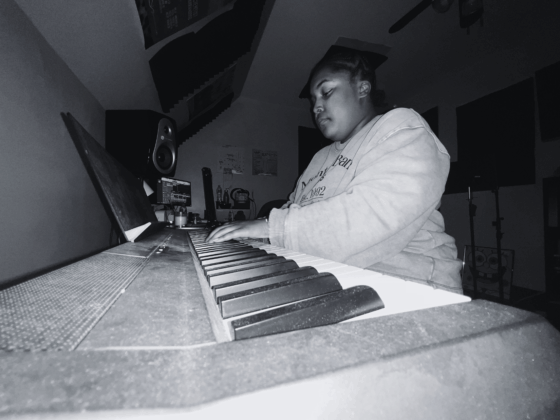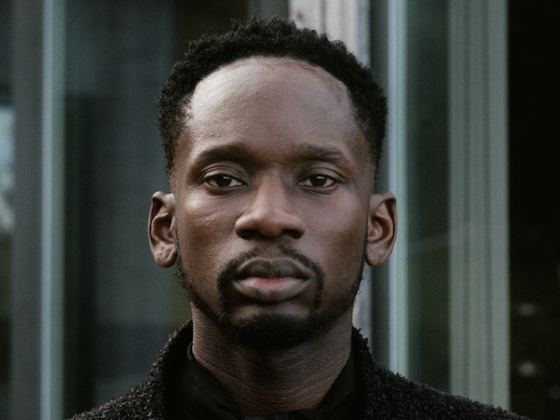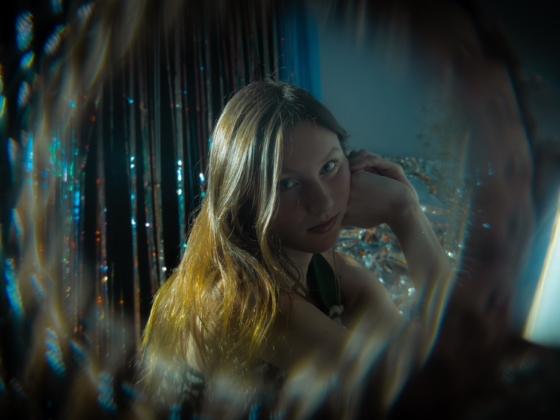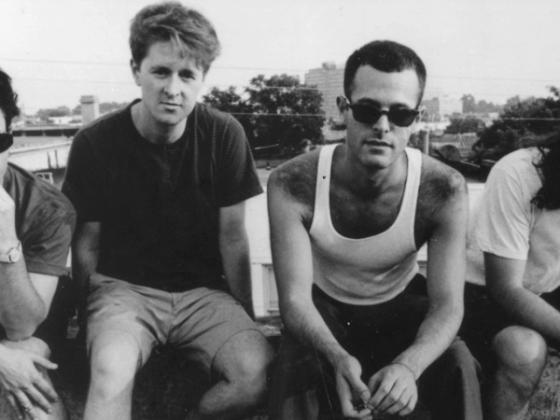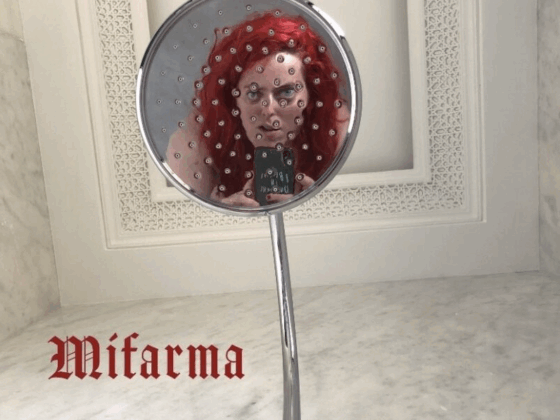Brooklyn-based psychedelic rock duo SORRYNOTSORRY released their new album, The Other Side.
According to the duo themselves, “the album is the consolidation of SORRYNOTSORRY. It’s the journey of us finding our band, of coming from a place where life seemed uncertain, the future bleak, leaving behind a broken path and committing our entire energy into ourselves.”
The Other Side is, overall, an album about resilience and the true melding of Cottin and Dagnino as harmonious musical artists.
Best listened to all the way through in one go, The Other Side’s tracks bleed into each other in the most gorgeous way, in all their minimalist Tame Impala-esque finery. It has the charm and ease of a lo-fi sound, but the production is anything but.
On an album like this, there’s little room for error. With its meandering soundscapes, barely-there instrumentation, and soft vocal harmonies throughout, there could have been a possibility that The Other Side could have been left sounding empty – especially in a sonic landscape which tends to prefer fuller, bigger mixing.
This is particularly clear on tracks like “Aum Hai (Light & Dark),” which features an electronic pulsing drone as Dagnino’s vocals whisper and echo in the background. It’s beautiful and foreboding, and a perfect soundtrack for the darker, colder months of the year.
A similar thing can also be said of “Cubic Trees,” which creates another foreboding atmosphere in a sort of haunted lullaby moment. The duo both sing “everything, everything” over and over in the chorus like a mantra, finishing the lyric with a final “everything, everything’s gonna be alright.”
The mood of it is somewhat off – as if it’s not clear whether the duo are saying this to one another to comfort them, or if they’re saying this to themselves to try and convince each other of it. It’s sweet, but haunting at the same time.
The trip-hop essences come out in full force on the single “Sex, Drugs and Cocoa Puffs”, which starts off with a break beat loop and some cyclical spoken word elements, as well as the repetition of the melody. This track really wouldn’t be amiss at the end of an early Morcheeba album.
The Other Side is an album of two moods: there’s a soft bleakness to it, where everything is half a whisper and barely-there, while tracks like “I’ve seen a lot,” which sees Dagnino’s vocals take a prime spot, stronger and clearer than much of the rest of the LP. It’s layered over some almost Hans Zimmer-type instrumental warbles, all doom and gloom, even as the verses move into something more melodic, teasing an edge of funk.
This bolder side of the album is also clear on the previously released single “Foggy Like a Bladerunner,” which features acoustic guitar and makes use of the metallic echo of the strings, as well as vocals from both Cottin and Dagnino layered over each other.
“Foggy Like a Bladerunner” is very much like a late-era grunge song got moulded together with a math rock track, before they were both squeezed together and flattened out, leaving something much softer (but still with an edge) in its wake.
One track that blends these two different moods is “Four Eyes,” which very much takes on the softer style until it lets in the heavier edge SORRYNOTSORRY are so good at in bursts throughout.
This track, more than any other, really feels like the perfect mix; it’s more drum-forward than the rest of the other tracks, and while it’s not the only bass-forward one by any means, the mixing on the bass in “Four Eyes” is clearer and more distinct, which is used to good effect during the bridge where the bass slams in, staccato-style, almost hypnotically.
Where the bass work is most perfect, however, is on “Love is in the Air,” which features Cottin’s vocals in front. The bass on this track is warbling, heavily vibrato, and absolutely wonderful.
It’s the most prominent instrument on the track, even more so than the vocals, which gives “Love is in the Air” the air of slowly driving forward, determined even if shaky. This effect is then used again on the instrumental “Death/Obsolete,” which also adds crisp hi-hats and a looped, echoing guitar melody, and ends up creating an Amon Tobin-esque soundscape.
The closer, “Disappear,” is much like the two opening tracks – “New Ground” and “Upon Arrival,” but heavier and more rage-filled. The flawless way the final track loops back into the first two is really a testament to how well thought out and planned this album is – it’s really one singular overall experience, rather than a sequence of tracks.
For some, this could be messy and difficult to do – but SORRYNOTSORRY have managed it well, and you might find yourself listening to The Other Side three or four times over without fully noticing.


